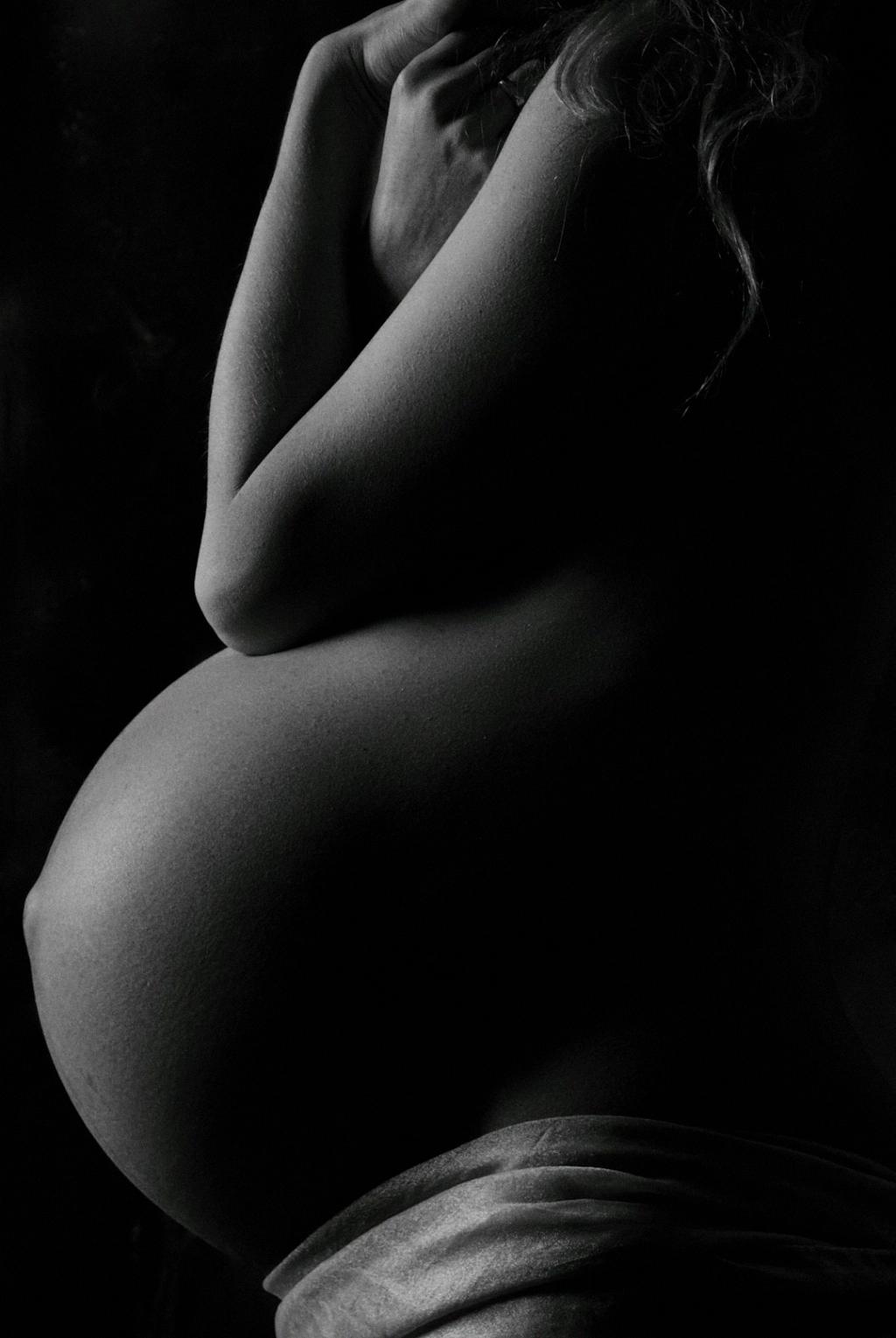When it comes to childbirth, cesarean sections (C-sections) are considered to be a safe and common procedure that can help ensure the health and well-being of both the mother and the baby. However, like any surgical procedure, there are certain risks and potential complications that can arise during a C-section. It is important for expectant mothers to be aware of these potential issues so that they can make informed decisions about their birthing plan and be prepared for any eventuality.
1. Infection
One of the most common complications that can occur during a C-section is infection. This can happen at the site of the incision or in the uterus, leading to symptoms such as fever, pain, and redness or swelling at the incision site. Infections can usually be treated with antibiotics, but in severe cases, they may require additional medical intervention.
2. Excessive Bleeding
Another potential risk during a C-section is excessive bleeding, also known as hemorrhage. This can be caused by a variety of factors, such as problems with the placenta or a tear in the uterus. In some cases, a blood transfusion may be necessary to address the bleeding and stabilize the mother’s condition.
3. Blood Clots
Women who undergo a C-section are at higher risk of developing blood clots in the legs or lungs. This risk is increased by factors such as prolonged bed rest or a history of blood clotting disorders. Blood clots can be dangerous and may require treatment with blood thinners or other medications.
4. Adverse Reaction to Anesthesia
During a C-section, anesthesia is used to numb the lower part of the body and prevent pain during the procedure. However, some women may experience adverse reactions to the anesthesia, such as a drop in blood pressure or difficulty breathing. An anesthesiologist will closely monitor the mother’s vital signs to address any potential issues.
5. Surgical Injuries
While rare, surgical injuries can occur during a C-section, such as accidental cuts or nicks to nearby organs like the bladder or intestines. These injuries may require additional surgical procedures to repair and can prolong the recovery time for the mother.
6. Longer Recovery Time
Compared to vaginal birth, recovery after a C-section is typically longer and may involve more pain and discomfort. The mother will need to take care of her incision site, avoid heavy lifting, and rest as much as possible in the days and weeks following the procedure.
7. Emotional Impact
For some women, undergoing a C-section can have a significant emotional impact. Feelings of disappointment, guilt, or sadness about not being able to have a vaginal birth as planned are not uncommon. It is important for women to talk openly about their feelings and seek support if needed.
8. Delayed Bonding
Due to the nature of a C-section, the immediate bonding between the mother and baby may be delayed compared to a vaginal birth. This can make breastfeeding and establishing a strong emotional connection more challenging in the initial postpartum period.
9. Future Pregnancy Complications
Women who have had a C-section may be at risk of developing complications in future pregnancies, such as placenta previa or placenta accreta. These conditions can increase the risk of bleeding and other problems during subsequent deliveries and may require specialized care.
10. Surgical Site Pain
After a C-section, it is common for women to experience pain and discomfort at the incision site. This pain may persist for several weeks as the body heals, and may require pain medication or other interventions to manage effectively.
11. Scar Tissue Formation
Following a C-section, scar tissue may form in the abdomen, which can lead to adhesions or complications in future surgeries. It is important for women to discuss the possibility of scar tissue with their healthcare provider and address any concerns about future pregnancies or procedures.
12. Impact on Future Birth Choices
Lastly, a C-section can influence a woman’s future birthing choices, as some healthcare providers may recommend repeat C-sections for subsequent pregnancies. It is essential for women to discuss their preferences and concerns with their medical team to make informed decisions about their reproductive health.

